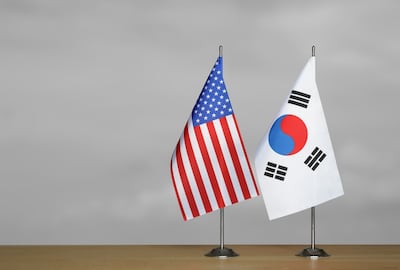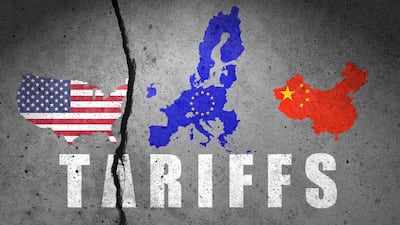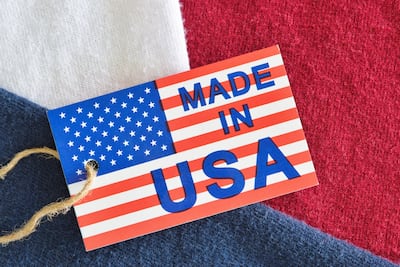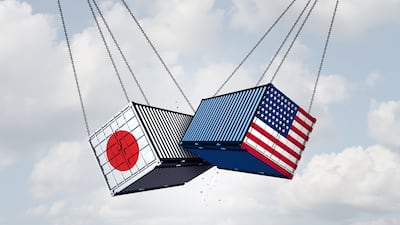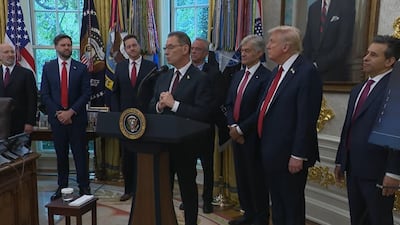ADVERTISEMENT
Tariffs
Korean biopharma firms are bracing for the impending US tariffs on pharmaceuticals and taking different approaches to tackle the situation.
EY's Arda Ural joins In Vivo to discuss the long-awaited recovery in biotech IPOs, the evolving capital markets landscape and how tariffs and TrumpRx are reshaping biopharma supply chains.
Sun’s specialty gambit reaps gains with US sales surpassing generics for the first time in Q2 FY26, but will it finally enter the fray for biosimilars as the US moves to simplify regulatory requirements in the segment?
Sun’s specialty gambit reaps gains with US sales surpassing generics for the first time in Q2 FY26, but will it finally enter the fray for biosimilars as the US moves to simplify regulatory requirements in the segment?
Sandoz’s CEO used the firm’s latest results call to highlight “trade distortion” in the pencillins market as a result of US tariffs, urging European authorities to take action to reduce the region’s “geopolitical exposure” and safeguard the long-term sustainability of European-produced penicillins.
Lupin’s plan for a manufacturing unit in the US follows Trump’s threat of tariffs on branded or patented drugs unless a company is “building” a plant in the US. Will similar investments from Indian firms follow?
Brazil’s government has implemented a three-pronged strategy to protect local industry, including medtech, from the worst effects of the 50% US tariff on Brazilian exports. But the option of counter-tariffs has not gone away.
The EU is diversifying its trading partners, which means that new markets may open up to the pharmaceutical industry, countering transatlantic tensions.
The EU is diversifying its trading partners, which means that new markets may open up to the pharmaceutical industry, countering transatlantic tensions.
US tariffs on pharmaceuticals are likely to remain, even under a subsequent administration, if they generate an income.
After tough negotiations which won the country a lower US levy on pharmaceuticals, there still appears to be some confusion within the Japanese government following President Trump's latest announcement on global pharma tariffs.
The company’s agreement with the Trump Administration, which likely is a template for MFN deals with other companies, also includes a $70bn commitment to ‘reshoring’ development and manufacturing in the US.
